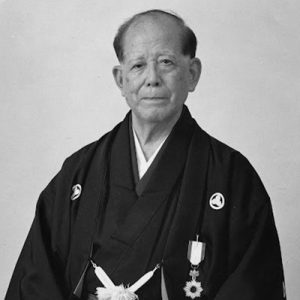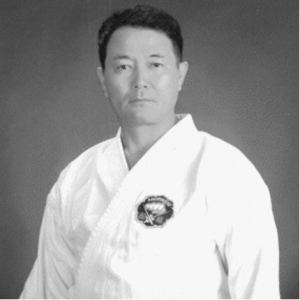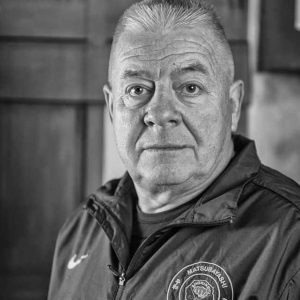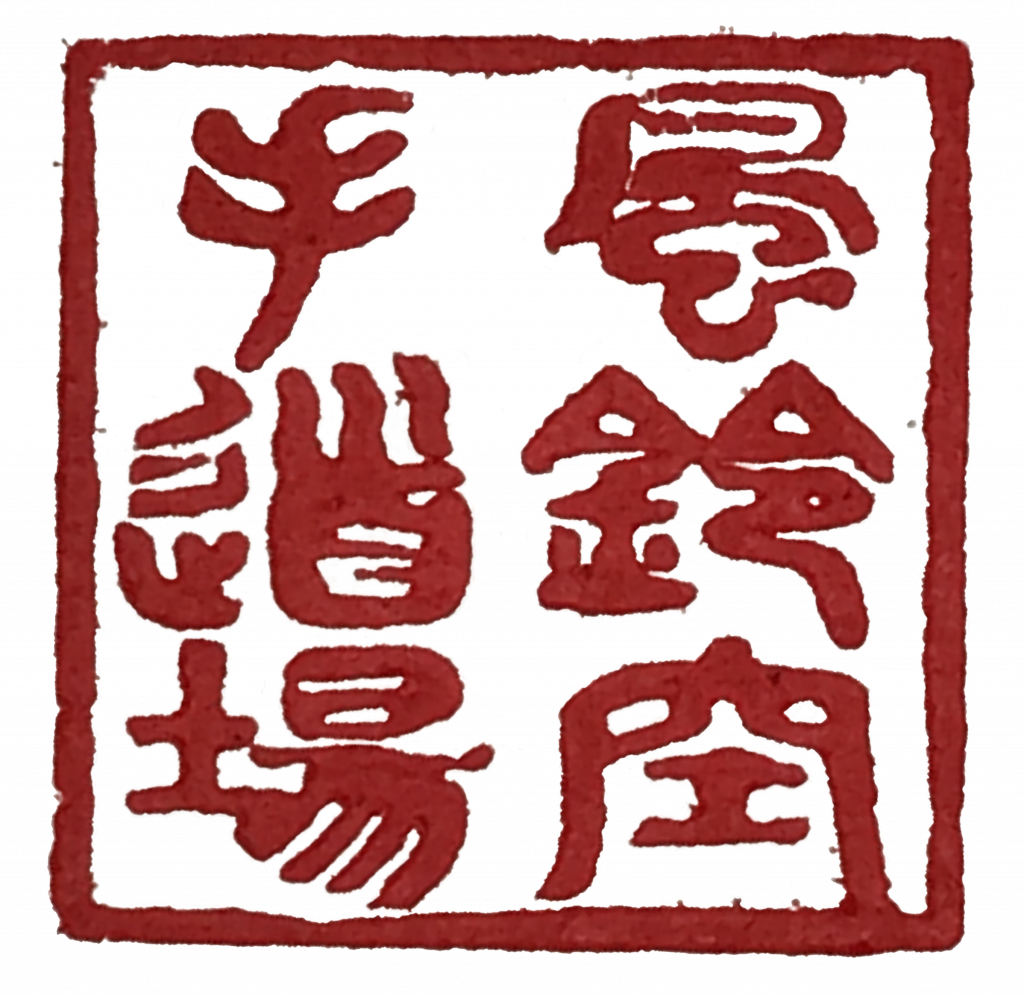About us
We are officially representing Matsubayashi Ryu International Karate in the Netherlands.
Established in Maynooth (Ireland) in 2012, originally as a Shotokan karate dojo, which naturally progressed towards Matsubayashi Ryu (Shorin ryu), an Okinawan karate style. We moved to Eindhoven (Netherlands) in 2017. Realizing the huge demand by expats for English-speaking karate lessons, we fulfilled their need. We are the only Okinawan karate style in Noord-Brabant, who offers classes in English.
Matsubayashi ryu karatedo was established by Nagamine Shoshin sensei in continuation of Shorin ryu tradition of the Okinawan karate. We follow this tradition and welcome all interested in personal development, mental and physical health, longevity and vitality, self-confidence and self-defense to join FURIN KARATE DOJO.
We have truly become an international karate dojo. More than that we position ourselves as Centre for studies of Okinawan Martial Arts, History and Culture. We love karate and are proudly representing values of Matsubayashi Ryu International in Europe. We strongly believe in the values of Okinawan karate. Our mission is the popularization of Okinawan karate and culture and to build a strong family-like community.
Matsubayashi Ryu International
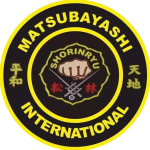 We are an Okinawan Matsubayashi Ryu dojo directly linked to Matsubayashi Shorin Ryu International (Patrick Beaumont Sensei, Ireland).
We are an Okinawan Matsubayashi Ryu dojo directly linked to Matsubayashi Shorin Ryu International (Patrick Beaumont Sensei, Ireland).
Read more about the history of Matsubayashi Ryu here.
Nederlandse Federatie Krijgskunsten
Kata
There are eighteen Shuri-te and Tomari-te kata in Matsubayashi ryu karate; sixteen were inherited from Choki Motobu, Chotoku Kyan, and Ankichi Arakaki, and two (Fukyugata I and II) were later added. Here is the list of kata:
Two Fukyugata commonly practiced today were composed by Shoshin Nagamine, the originator of Matsubayashi ryu karate, and Chojun Miyagi, the originator of Goju ryu karate, because the kata of the Shuri and Naha schools had been too difficult for beginners. In 1940, two of the compositions were authorized to be the formal basic kata by the special committee of Okinawa karate organized and summoned by Gen Hayakawa, then governor of Okinawa Prefecture.
Pinin Shodan to Godan were composed in 1907 by Anko Itosu who was born in 1830. They were originally intended for high school students. The name of this kata must be pronouced pinan not heian, as it often is in mainland Japan.
As for the kata of Naihanchi (Shodan to Sandan), the composer is still unknown, yet these kata were known to the Shuri and Tomari schools even before the kata of Pinan was invented. This is proved by the fact that beginners used to learn Naihanchi instead of Pinan.
The composer of this short kata is unknown, and the history of it is comparatively short. Ananku distinguishes itself from the other kata by offensive and defensive skills with the front-leg-bent stance.
The composer of this kata is also unknown, however it has a long history. The present kata of Wankan has been inherited by karatemen around Tomari village. The kata is characterized by the unitary sequence of the techniques of offence and defence, which look elegant and powerful.
The composer of this kata is also unknown, however it has a long history. The present kata of Wankan has been inherited by karatemen around Tomari village. The most characteristic technique of the of the kata is a one-foot standing stance with the other foot drawn to deliver a kick and to shift the body from an attack.
It is said that this kata was brought into Okinawa in 1683 by a Chinese envoy named Wanshu, and then reformed and developed later by karatemen around Tomari village. The kata was named after the envoy.
The composer of this dateless kata is unknown. It, however, continues to be cherished by karatemen around Tomari village. Shuto waza (knife-hand techniques) and speedy movements distinguish the kata from the others.
This anonymous kata is called Gojushiho, which literally means 54 steps, whose movements are said to resemble those of a drunken man.
Nukite-zuke (spear-hand thrust), one of the open-hand techniques, distinguishes the kata from the others.
Chinto, also one of the anonymous kata, is characterized by dynamic movements using kicking techniques including the flying kick and unitary techniques of offence and defence. The kata is simply done through a straight line.
This kata was adapted and developed by Okinawan karatemen after it was brought into Okinawa in 1761 by a Chinese karateman name Kusanku, often pronounced kosonkun in mainland Japan, is the most magnificent and advanced kata of all Matsubayashi ryu karate.
Most of the advanced techniques of offence and defence appear in the Kusanku, the longest and most difficult kata, requiring painstaking practice of more than a decade for mastery.
Quoted from source: The Essence of Okinawan Karate-Do by Shoshin Nagamine
Our lineage
Behind every school of karate, there is a teacher, a leader, who poured his heart and soul into passing on his knowledge on to his students.
